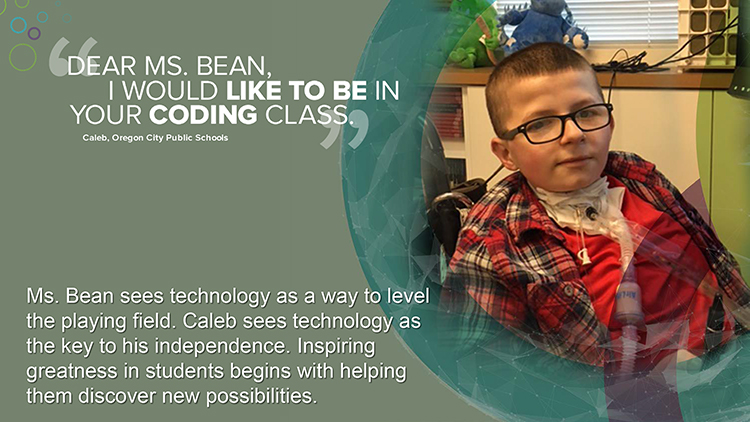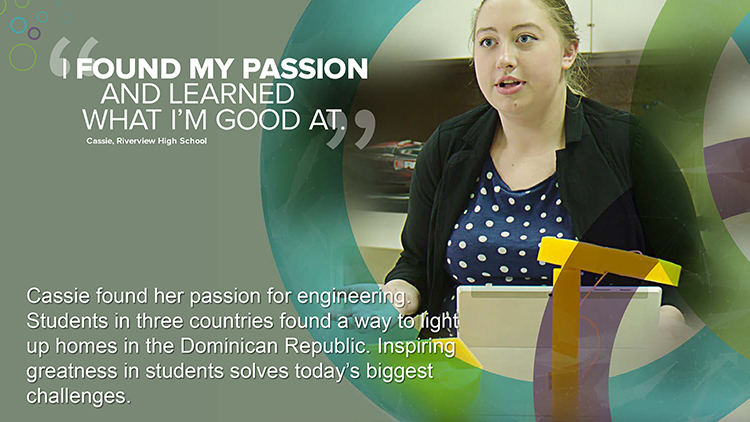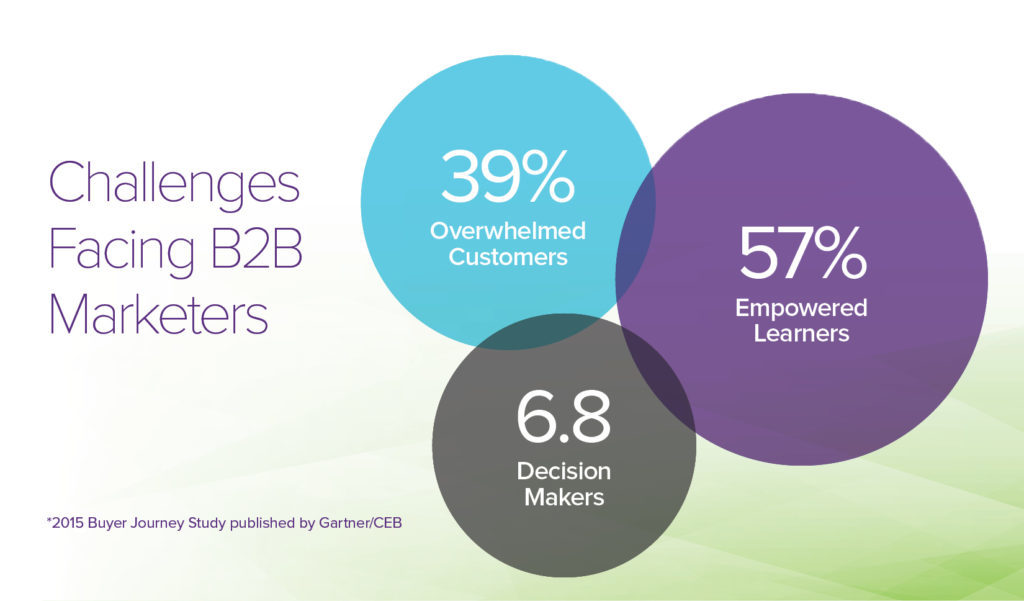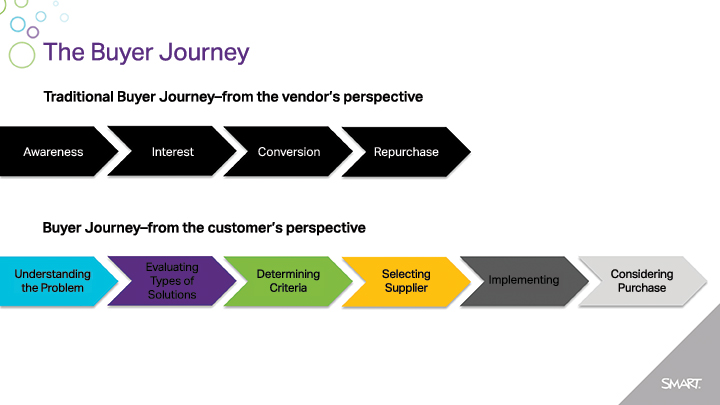As pioneers in emotion and creativity, marketing executives have utilized predominantly right-brain strategies with artful storytelling to enlighten and engage audiences. Throughout my 25 years in marketing, there has never been a question in my mind on the importance of this approach.
Proof positive that emotional marketing is still a driving force are this year’s Super Bowl ads, where Airbnb launched “We accept,” promoting diversity and inclusivity, while P&G’s Mr. Clean emerged as somewhat of a sex symbol in a cheeky “Cleaner of your dreams” advertisement.
But with the recent onset of buyer journey complexity, Big Data, and “the Internet of Things,” left-brained strategic thinking is taking prominence. Marketing has become more rational, analytic and data-driven.
Knowing how to strike to the right balance between rational and emotional marketing is a core challenge faced by all marketers today. Marketing is the juxtaposition of right and left-brain thinking, of bridging emotional, artistic storytelling with data, insights and strategy.

To better understand the contrast, let’s explore two different perspectives:
“Good creative people are junkies – art heads, addicted to creative expression. They take jobs in agencies to feed their habit. They’re smart, they can act, you’ll believe they’re fascinated by your revenue and margins and sales results. You can’t rehabilitate creative people. There’s no cure. Get over it. You need them, they need you.”
The quote above is from a highly talented creative director that believes storytelling and beautiful pictures above all else will win a customer. Now compare this quote from a strategic marketer with a great reputation:
“Marketing is about delivering qualified leads that are ultimately converted to revenue. It is about delivering business results, and as such must be planned and measured rigorously. To connect customers to business results, we must study their behavior so that we can predict it. We must understand what will make them buy more of the product and what will make them switch to a competitor’s product instead. We must use these insights to qualify every dollar we spend, then measure the results of our efforts to make them better and more efficient.”
It might appear at first blush that these two perspectives are impossible to reconcile. However, great marketing is actually created by the friction between these two perspectives.
Let’s explore each in more detail:
Art: The case for Right-Brain marketing
People don’t buy WHAT you do, they buy WHY you do it.” This is the popular refrain from “Start with Why,” one of the most popular books and influential Ted Talks by Simon Sinek (www.startwithwhy.com). Every company in the world knows WHAT they do, what products or services they offer. Few, however, grasp WHY they do what they do–what is their purpose, cause or belief? It is the organizations that Start with Why that enjoy the strongest brand following and the price premiums that accompany it.
To get to your “Why” requires a great deal of introspection and then complete buy-in from not just the marketing team but the sales team and the entire leadership team. Only then will the marketing message truly take hold and live past being simply the “campaign du jour.”
Recently, I took our marketing team through a workshop to identify our Why and What based on Simon Sinek’s approach. At SMART Technologies, we believe that there’s greatness in every child, and that it’s our responsibility to help them find it through enabling technologies that help them to discover, develop, and share what they’re great at.

Our “WHAT” is software, interactive panels and professional services that enable students and teachers to actively contribute in class, across schools, and around the world. But our “WHY” revolves around the theme of “Inspiring Greatness,” which we communicate through a series of stories and case studies of students and teachers from all over the world who have reached breakthroughs and helped to fully realize their potential.
We take a highly right-brained approach by telling stories through photographs and videos of real students and teachers, not actors, in our advertisements, events and social media. We focus on students who have experienced true breakthroughs with exceptional teachers deploying technology in the right way. We show technology that is used as an enabler to the teaching and learning versus a “build it and they will come” approach of placing technology in the classroom and hoping it will be used.

As the examples here illustrate, we are leading with stories that evoke emotion based on results and student impact with little or no mention of the products and services that we are selling. This approach resonates extremely well with our customers who face an onslaught of technology pitches from a very crowded vendor landscape, few that provide their “why” or tangible outcomes for students and teachers.
Science: The case for Left-Brain marketing
Despite the powerful case for “Starting with Why” and leading with emotion and creativity, there is a healthy skepticism that this approach alone is sufficient to win in an increasingly complex buying environment. The left-brained pundits argue for an analytical breakdown of the buying and selling process, with a need for marketers to understand the various roles involved in the decision cycle, and the precise steps that customers take as they migrate through the minefields of B2B purchasing. Moreover, Big Data has given marketers an amazing opportunity to learn a wealth of information about their customers and, in the utopian state, to prescribe the right piece of marketing content to the right person at the right time. This marketing mix is measured on a sophisticated marketing dashboard with metrics on brand health, qualified leads and sales conversion.
In a fascinating report on the state of sales and marketing published by Gartner/CEB in 2015, a daunting set of data emerged that points out just how complex B2B buying has become. As a result, what significant challenges have emerged for marketing. This global study, spanning several years and thousands of customer examples, produced a number of unnerving stats:
- 57 percent. At least 57 percent of customers are through their buyer journey before they engage a vendor due to being so empowered and connected. As a result, conversations typically go very quickly to price, with the opportunity for vendors to differentiate their products or services (or even to re-frame their customer’s needs) long vanished.
- 6.8. On average, there are 6.8 people involved in the B2B decision making process. Each of these individuals have different needs, cares about different things, and requires different content and messaging from marketing and sales representatives.
- 39 percent. 39 percent of customers in the study described the purchasing experience as “overwhelming.” With a myriad of vendor choices, large diverse buying groups, and multi-month buying cycles, it seems that buying has become much tougher in today’s environment. Which in turn makes marketing and selling more difficult.

There have been significant advances in online data analytics to help marketers understand their own versions of the 57 percent, 6.8, and 39 percent mentioned above. At SMART Technologies, we’ve embraced left-brain thinking and leveraged analytics to crawl inside the search engines, social media, forums, news feeds and discussion groups, and received amazing insights into our customers. This data mining allows us to answer critical questions:
- Where do our customers learn? (so we can be there when they learn)
- What solutions are our customers looking for and talking about the most? (so we can prioritize which solutions we should focus on)
- How do they speak and search? What language do they use? (so we can ensure we are speaking in the same language)
- Where, geographically, are they located? (so we can geo-target our advertising)
- Which online properties are the most popular? Which social media channels? Which search engines? (so we can direct our advertising spend)
- Who are the most influential people? (so we can reach out and forge relationships with them)
Another left-brain endeavor we’ve undertaken is a very structured look at the buyer journey and how to deliver targeted content at the right place and time. In almost all education technology purchases, there are approximately six steps a customer follows (see The Buyer Journey graphic). This approach is different from the typical “Awareness/Interest/Conversion/Repurchase” steps that many marketers use. When was the last time a customer said something like “I’m looking for some software for my organization. I’m in the consideration phase, but I think I’m about to convert to close.”
Next, we mapped these six steps against our buyer groups or audiences. We looked closely at our “6.8” people involved in the purchase process and, finding our number to be significantly larger, landed on four aggregated buyer roles. Through this process, SMART outlined key questions for each of our audiences throughout the buyer journey and are arming our sales teams with relevant content (video, infographic, brochure, etc) that can be served up at the right place and right time for the right
audience. It’s certainly a left-brain endeavor, steeped in logic, discipline and data.

So what is the new marketing? Art or Science?
The answer is “yes.” It’s both.
Today’s fast, digital, full-sensory experience world makes the purchasing journey more complex. Marketers need to understand who their “6.8” within their buying journey is. And how to get inside the 57 percent of the audience already on to the consideration stage. And more importantly, how to help customers feel less overwhelmed about the buying process in general.
The best marketing and sales organizations embrace both the left and the right brain philosophies—resulting in a mash-up of emotive stories served to a targeted audience at the right time.
My best advice for beginning the process? Start with the heart and lead to the mind. Have a clear “Why,” but be able to tailor and tweak your message depending on the intricacies of the buyer journey. Be able to measure against a dashboard that’s aligned with your overall business strategy, and tweak your investments based on what’s delivering the best results. Use an advanced analytics partner that can help you gain insights from the millions of digital buyer signals that are taking place every day.
B2B Marketing is anything but easy these days. Those that harness both the rational and the emotional sides have the best chances for true breakthroughs. In marketing, magic happens when art and science collide.
This article first appeared in the July 2017 STRIVE Magazine.
About the Author
Jeff is responsible for global marketing activities for SMART Technologies. In this executive role Jeff oversees the overall marketing strategy for the company, including its education and enterprise business units. Jeff joined SMART in 2012. His experience in marketing spans 25 years across global technology firms such as IBM and TELUS, along with agency-side experience where he consulted on marketing strategy and planning across many industries.
Jeff sits on the Board of Youth Central, and was recently appointed to the Business-to-Business “Senior Advisors Group” by the Marketing Leadership Council. He holds an honors degree in marketing from the University of Calgary, Canada.














































